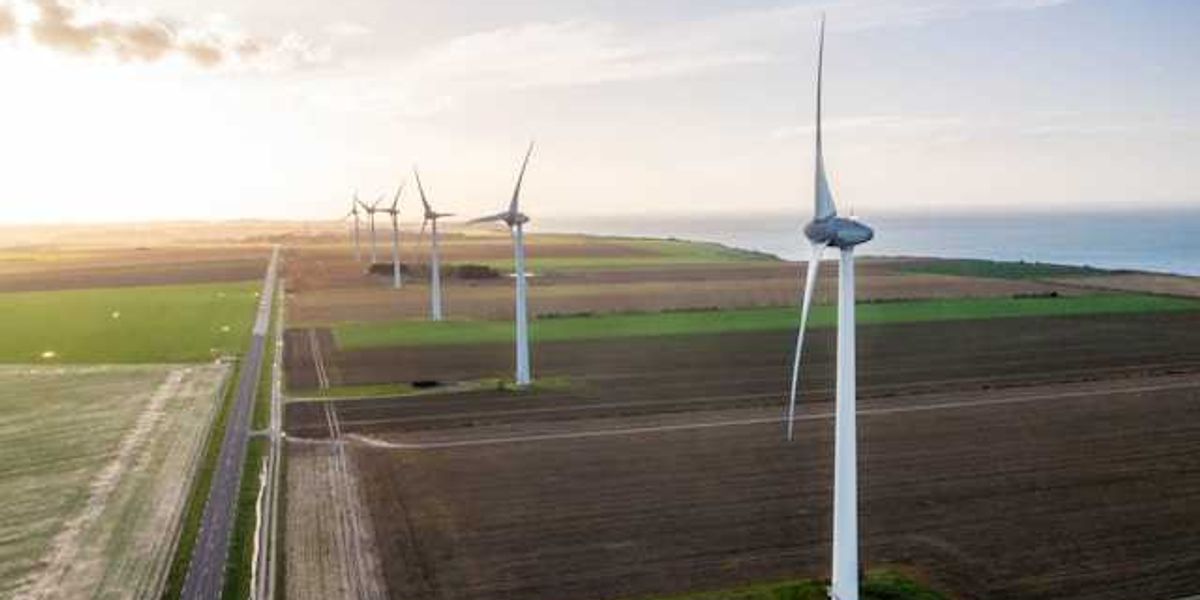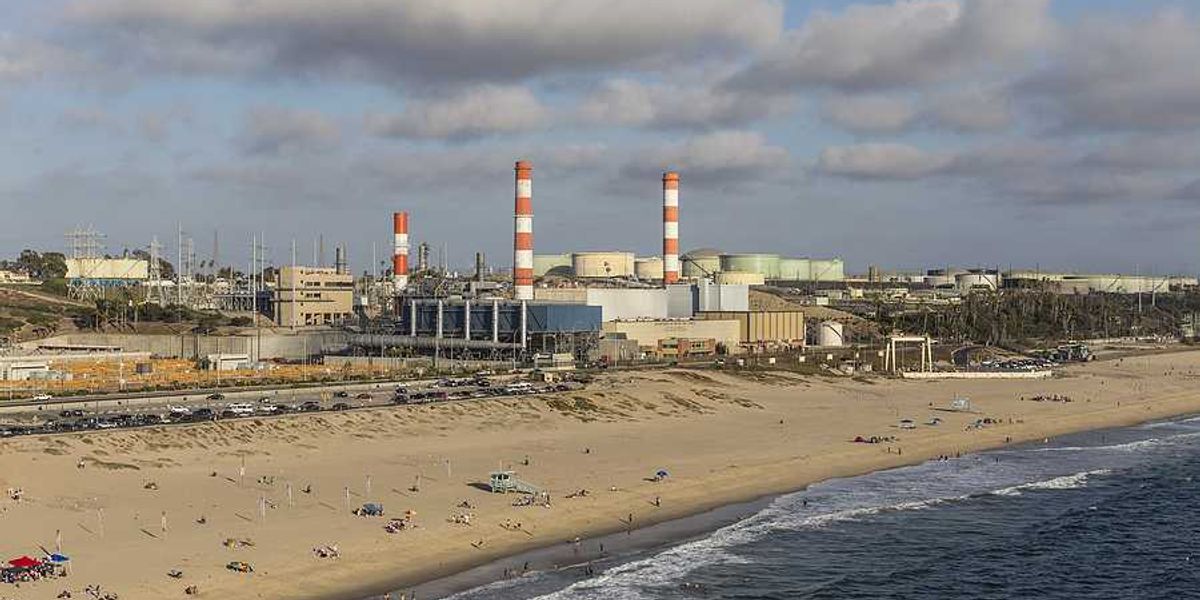Yak herders in India’s Himalayas face shrinking pastures as climate warms
Yak herders in Ladakh, India, say hotter temperatures and erratic snowfall are depleting grasslands and driving young people away from a centuries-old livelihood.
Dar Yasin and Sibi Arasu report for The Associated Press.
In short:
- Temperatures in Ladakh have risen about 3 degrees Celsius over four decades, worsening droughts and heat waves that stress yaks and reduce vegetation.
- The region’s yak population dropped from nearly 34,000 in 2012 to fewer than 20,000 in 2019, with scientists linking the decline to changing weather patterns.
- Elders warn that losing herders would disrupt grazing systems that maintain biodiversity and support wildlife such as snow leopards and blue sheep.
Key quote:
“If the herders disappear, the landscape changes. Unpalatable shrubs take over, wildlife loses food sources, and the ecosystem starts to collapse. This is not just about animals — it’s about a way of life and the health of the land.”
— Tashi Dorji, livestock and rangelands specialist, International Centre for Integrated Mountain Development
Why this matters:
The Himalayas are warming faster than most parts of the planet, placing stress on fragile alpine ecosystems that sustain both wildlife and traditional communities. In Ladakh, yaks serve as a cornerstone of food, clothing and transport, but their survival depends on steady snowmelt and nutrient-rich grasslands now disrupted by heat and erratic rains. As herding traditions fade and younger generations turn to other work, the loss reverberates beyond culture: Unmanaged pastures can quickly degrade, invasive species can spread, and predators like snow leopards may lose prey. The shifts unfolding in Ladakh mirror broader struggles across regions where warming threatens both biodiversity and human livelihoods.
Related: Himalayan glacier melt threatens water security for nearly 2 billion in South Asia













